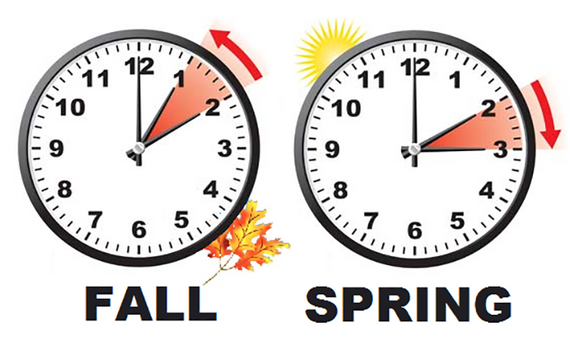Daylight Saving Time (DST) is a practice of setting the clock forward by one hour during the summer months, typically from March to November. The primary objective of this practice is to extend the day's length and conserve energy by reducing the need for artificial lighting.
The History of Daylight Saving Time
The idea of Daylight Saving Time was first proposed by Benjamin Franklin in 1784, but it wasn't until 1916 that it was implemented in Germany during World War I to save energy. The United States followed suit and introduced DST in 1918. Since then, many countries around the world have adopted this practice.
Benefits of Daylight Saving Time
One of the primary benefits of DST is the conservation of energy. By extending the daylight hours, there is a reduced need for artificial lighting, which can help reduce electricity usage. Additionally, DST can help reduce traffic accidents, as there is more daylight during peak driving hours. Furthermore, DST can provide opportunities for outdoor activities and boost tourism.
Criticisms of Daylight Saving Time
Despite the potential benefits, DST has received criticism over the years. One of the main criticisms is that it can disrupt sleep patterns and negatively affect human health. Additionally, some argue that the energy savings from DST are negligible, and the practice can actually increase energy usage in some areas. Finally, DST can cause confusion and inconvenience, particularly in areas where the practice is not observed.
Current Status of Daylight Saving Time in the US and Canada
In the United States and Canada, DST is observed from the second Sunday in March to the first Sunday in November. However, several states in the US, including Arizona and Hawaii, do not observe DST. In Canada, some provinces, including Saskatchewan, do not observe DST either.
Conclusion
In conclusion, Daylight Saving Time is a practice that has been adopted by many countries around the world, including the United States and Canada. While there are potential benefits to DST, such as energy conservation and increased opportunities for outdoor activities, there are also criticisms, including disruptions to sleep patterns and confusion. Ultimately, the decision to observe DST is up to individual states and provinces, but it is a practice that has been in place for over a century and is likely to continue for the foreseeable future.
As part of daylight saving time, most people in Canada and the United States will move their clocks ahead one hour on Saturday. This will result in earlier sunsets and darker mornings. Nevertheless, there will be more daylight in the evenings. The clocks are advanced by one hour in the fall to bring them back into sync with standard time.
On the other hand, some politicians in the United States are attempting to do away with the current twice-yearly practice and replace it with one that maintains daylight saving time year-round.
Free Speech and Alternative Media are under attack by the Deep State. We need your support to survive.
Please Contribute via GoGetFunding


